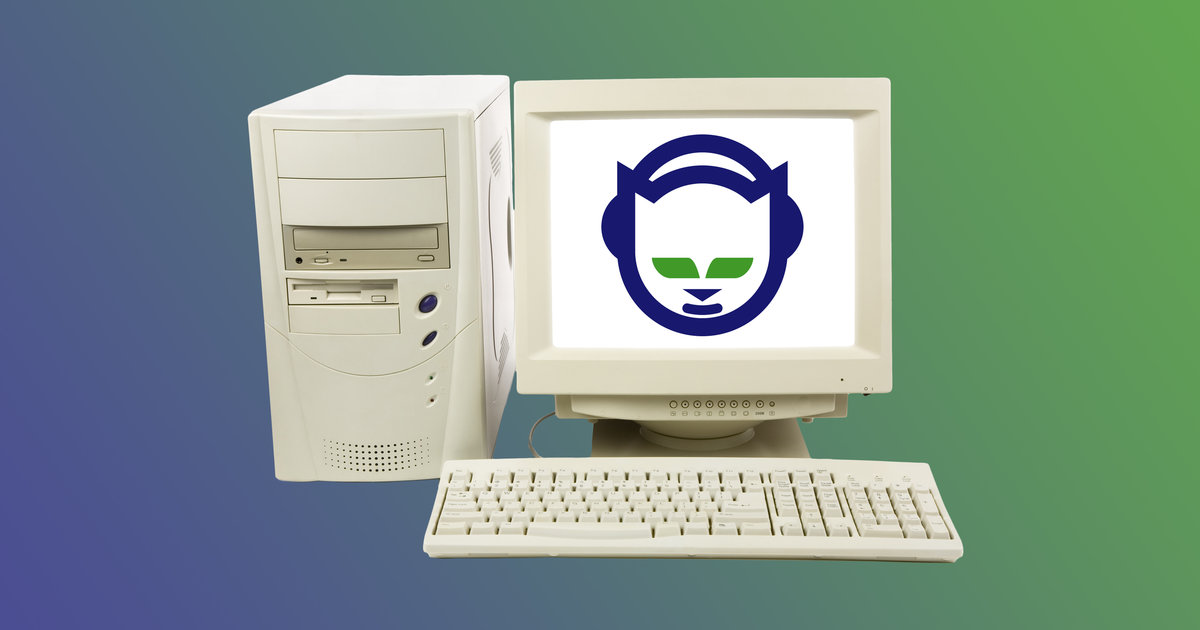
LimeWire was available to download for free. The user could open the app and search for any file they wanted to save to their computer. You would also allow LimeWire to bypass any firewall software you may have installed on your computer. LimeWire customers would then be required to select which local folders (on their computers) will hold LimeWire files once the installation process has been completed. The next step is to open the file that runs the Installer Wizard, which should be the second step. You must first download LimeWire from LimeWire’s website or any third-party website before you can use the software (like CNET). The software allowed users to download and upload various file formats, including MP3s for music, AVIs and MPEGs for videos, and JPGs for photos. LimeWire was built on the Gnutella network protocol, allowing individual computers to communicate over the Internet. This software was available for download and used on Windows, macOS, Solaris, and Linux devices.

At the time, the company’s software was running on 18 percent of all computers. The LimeWire file-sharing tool has become one of the most widely used globally since its release in 2000. The litigation between LimeWire and the Recording Industry Association of America culminated in its shutdown in October 2010. Limewire was a file-sharing program that allowed users to download and upload music in various MP3 and other popular music formats. LimeWire was forced to close its doors in October 2010 after a protracted legal battle. This article will carefully examine LimeWire’s legal battle with the Recording Industry Association of America. Users simply need to run the software after it is installed and search for the files they wish to download on their PCs. LimeWire will be permitted to circumvent firewall software. When the user is prompted, they will need to choose which local folders to use on the PC to keep LimeWire files after the installation has been completed. Once you have opened the downloaded file, the Installer Wizard will appear on your computer. The system then enabled downloads and uploads of MP3 files for music, AVI/MPEG for video, and JPG for photos, among other formats.īefore using it, LimeWire users first had to download the program from LimeWire’s or another third-party site such as CNET. The flexibility of Gnutella led to the development of LimeWire, which allows you to link computers effortlessly. You may run the software on various devices, including Windows, Mac OS, Solaris, and Linux. What happened to LimeWire, and why was it shut down?

LimeWire was an open-source, peer-to-peer file-sharing tool that lets users download and share MP3 files, among other types of files.


 0 kommentar(er)
0 kommentar(er)
